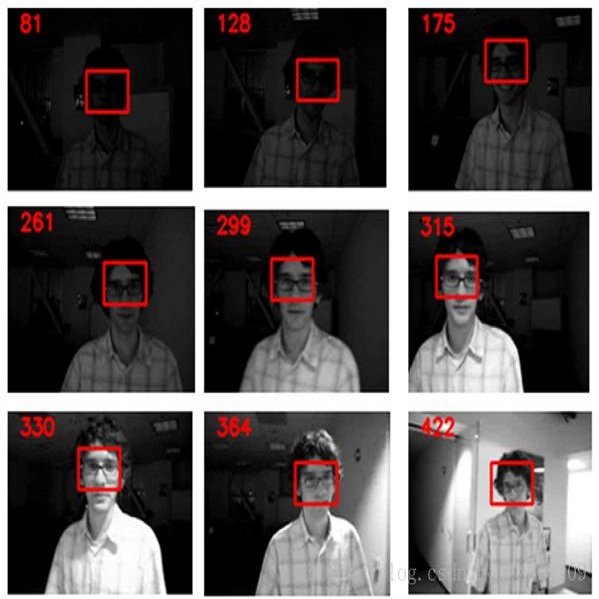The global multi-object tracking (MOT) system can consider interaction, occlusion, and other ``visual blur'' scenarios to ensure effective object tracking in long videos. Among them, graph-based tracking-by-detection paradigms achieve surprising performance. However, their fully-connected nature poses storage space requirements that challenge algorithm handling long videos. Currently, commonly used methods are still generated trajectories by building one-forward associations across frames. Such matches produced under the guidance of first-order similarity information may not be optimal from a longer-time perspective. Moreover, they often lack an end-to-end scheme for correcting mismatches. This paper proposes the Composite Node Message Passing Network (CoNo-Link), a multi-scene generalized framework for modeling ultra-long frames information for association. CoNo-Link's solution is a low-storage overhead method for building constrained connected graphs. In addition to the previous method of treating objects as nodes, the network innovatively treats object trajectories as nodes for information interaction, improving the graph neural network's feature representation capability. Specifically, we formulate the graph-building problem as a top-k selection task for some reliable objects or trajectories. Our model can learn better predictions on longer-time scales by adding composite nodes. As a result, our method outperforms the state-of-the-art in several commonly used datasets.
翻译:暂无翻译





